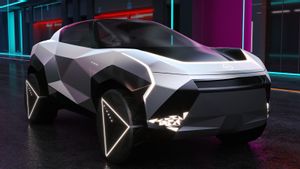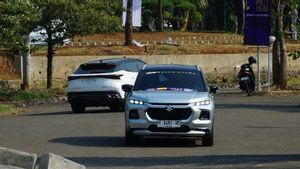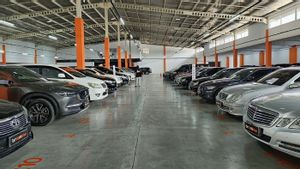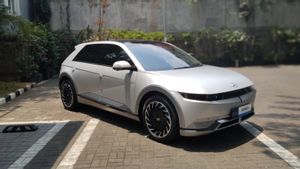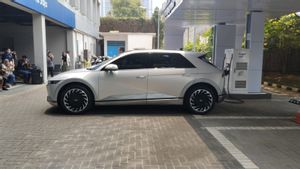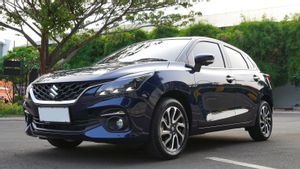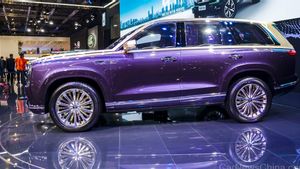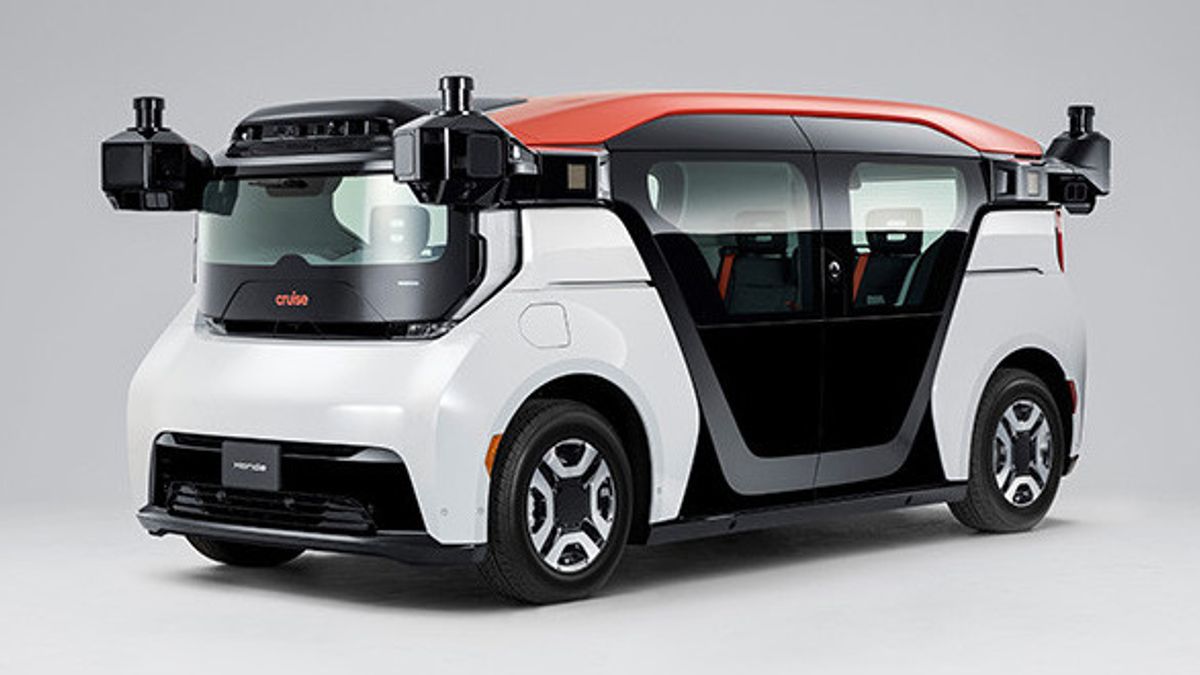
JAKARTA - As one of the most populous cities in the world, Tokyo is considered to need an autonomous taxi service that can be a practical mobility choice for its citizens. In addition, autonomous taxis can help overcome the main problems Japan is currently facing, namely the shortage of drivers after more than 10,000 drivers leave work during the pandemic.
To fulfill this, Honda has developed driverless vehicles in collaboration with General Motors and its subsidiary, Cruise, which has tested its autonomous taxis in four cities in the United States.
The three companies plan to launch this autonomous taxi in early 2026 starting from dozens of cars in central Tokyo, and can be expanded to 500 vehicles, before the service, dubbed "Cruise Origin", can be tried in other areas of Japan.
This Cruise Origin can be seen by the public directly at the Japan Mobility Show 2023 which takes place at the end of October.
"We want customers in Japan to experience and joy of new mobility, which will be a big step towards the realization of people's mobility progress. Traffic in Tokyo is complicated, it will be a big challenge, but by working with Cruise and GM, Honda will put all efforts into making it happen," said Honda Toshihiro Mibe CEO in a company statement, Thursday, October 19.
The vehicle designed by Honda in the form of a box can carry up to six passengers, without a driver's seat or steering wheel, allowing passengers to sit face to face in the cabin room that can be used for meetings while traveling.
Through an important partnership with Cruise and Honda, our innovations and our advanced expertise in cutting-edge software and hardware can help more people around the world achieve their goals," continued GM CEO Mary Barra.
Japan introduced a revised traffic law in April, which allows level 4 automatic drivers to operate on public roads with several requirements, such as requirements for long-distance monitoring.
Hence, Mibe said that the joint venture had to get approval for Cruise Origin considering the vehicle was not equipped with a driver seat.
SEE ALSO:
Meanwhile, regarding the challenge of driving on the left side of Japan and the narrow streets of Tokyo that could cause an accident, Cruise CEO Kyle Vogt said safety was a top priority and the company had refined its technology in the United States.
As for Honda, reported by Bloomberg, Thursday, October 19 had actually introduced Japan's first level 3 autonomous passenger car in 2021, but only offered 100 Legend sedans at a price of 11 million yen per unit. At level 3, vehicles can perform most of the tasks, but humans are still needed to take over if needed.
The English, Chinese, Japanese, Arabic, and French versions are automatically generated by the AI. So there may still be inaccuracies in translating, please always see Indonesian as our main language. (system supported by DigitalSiber.id)


